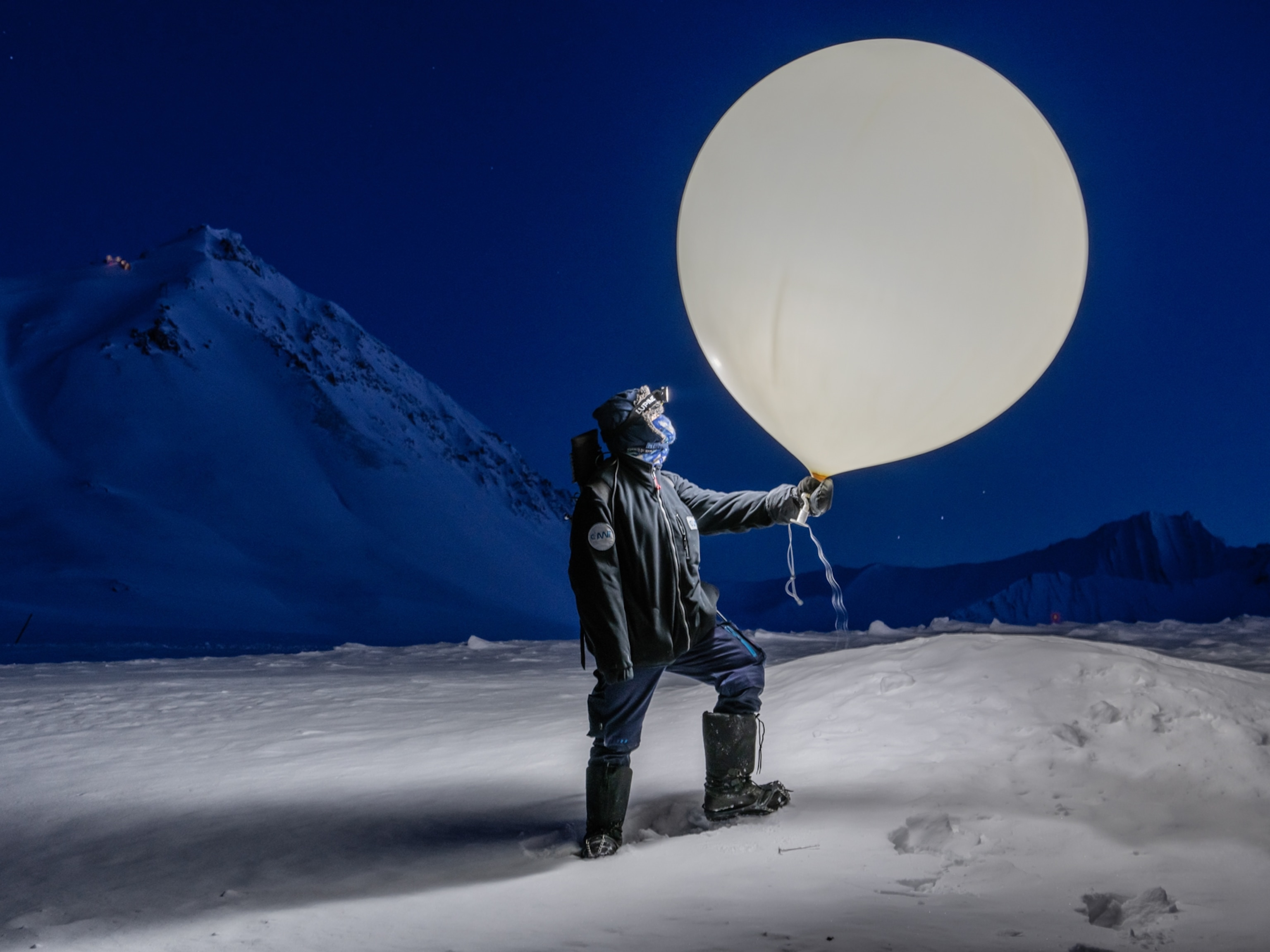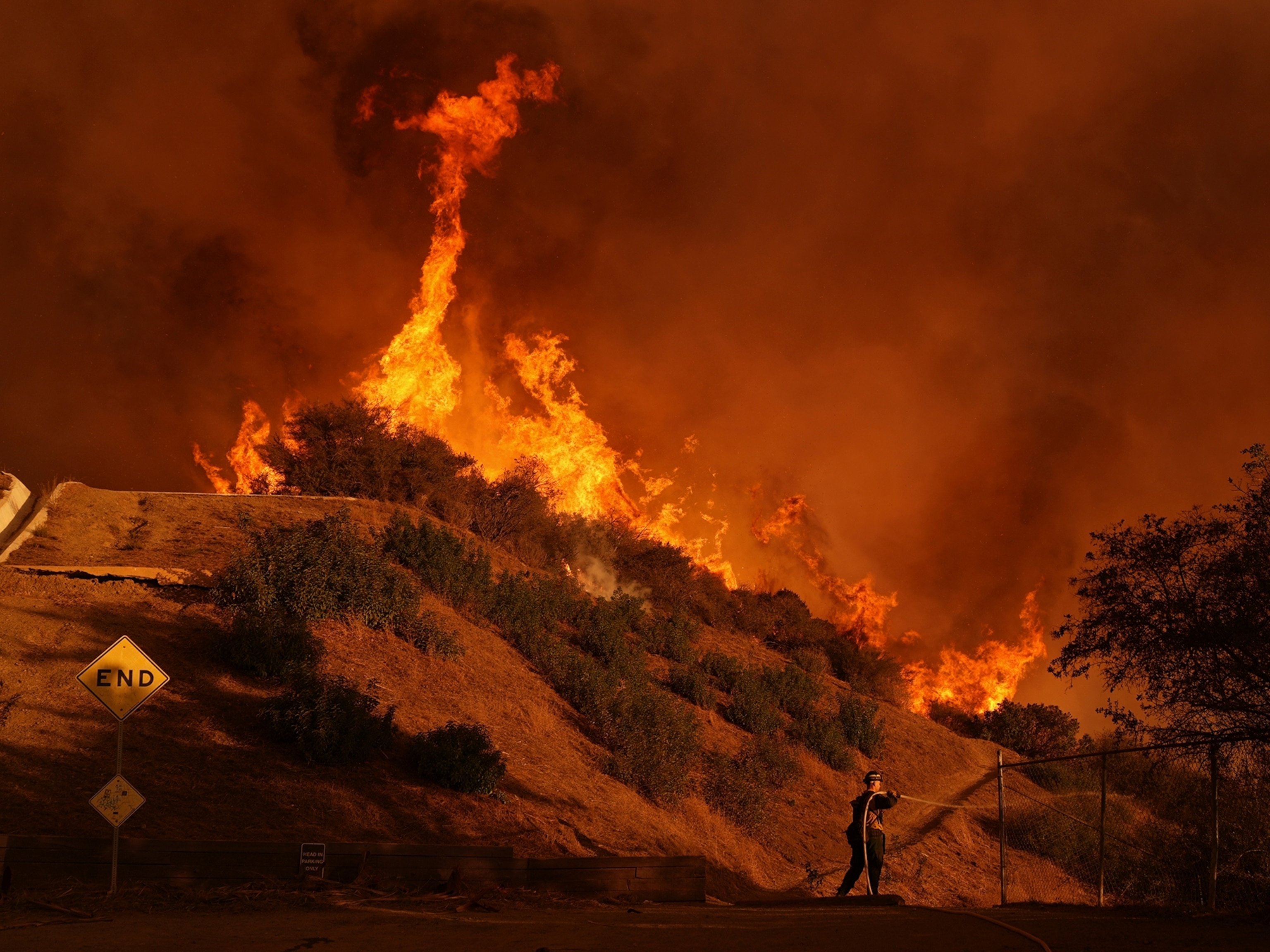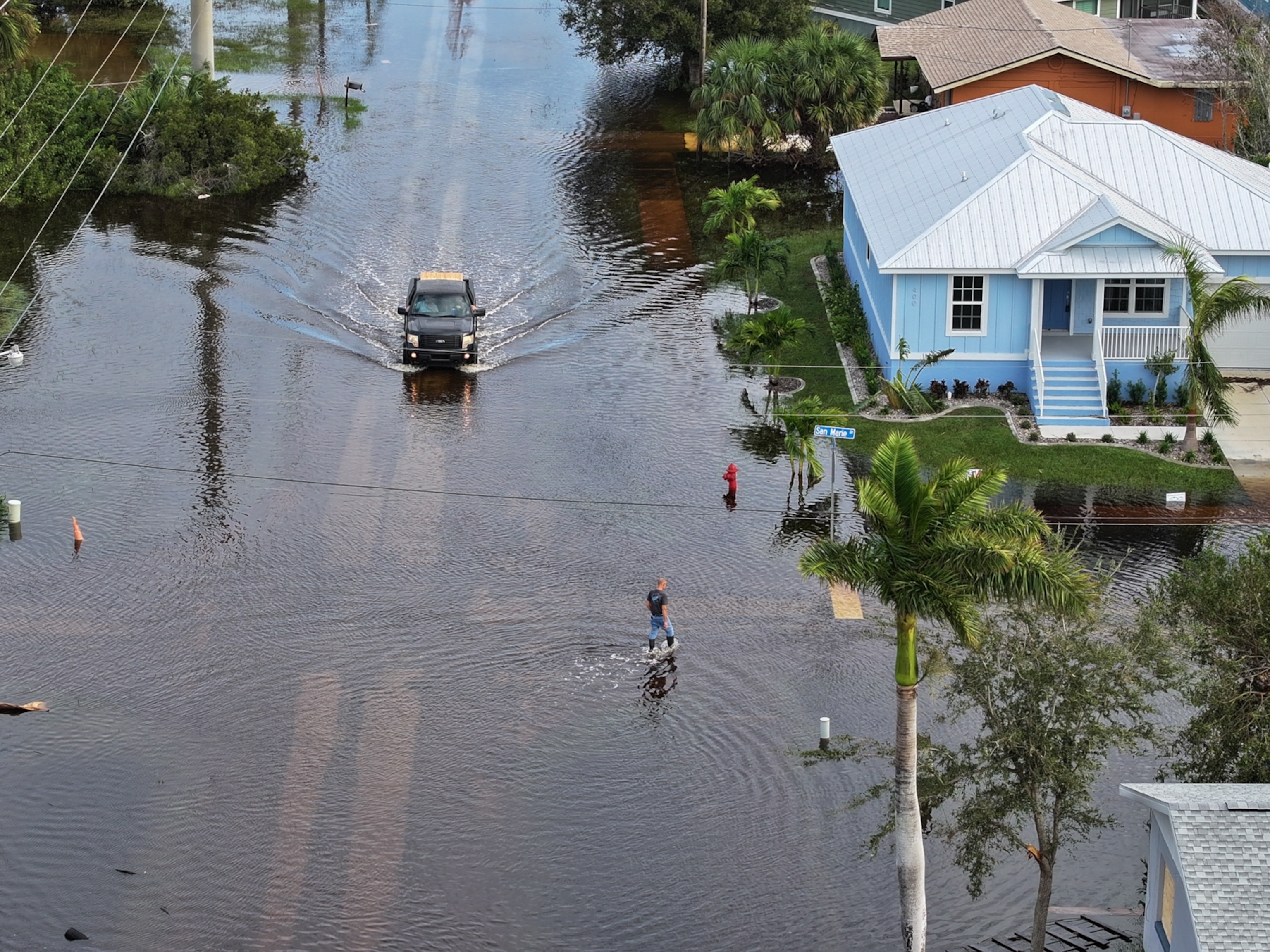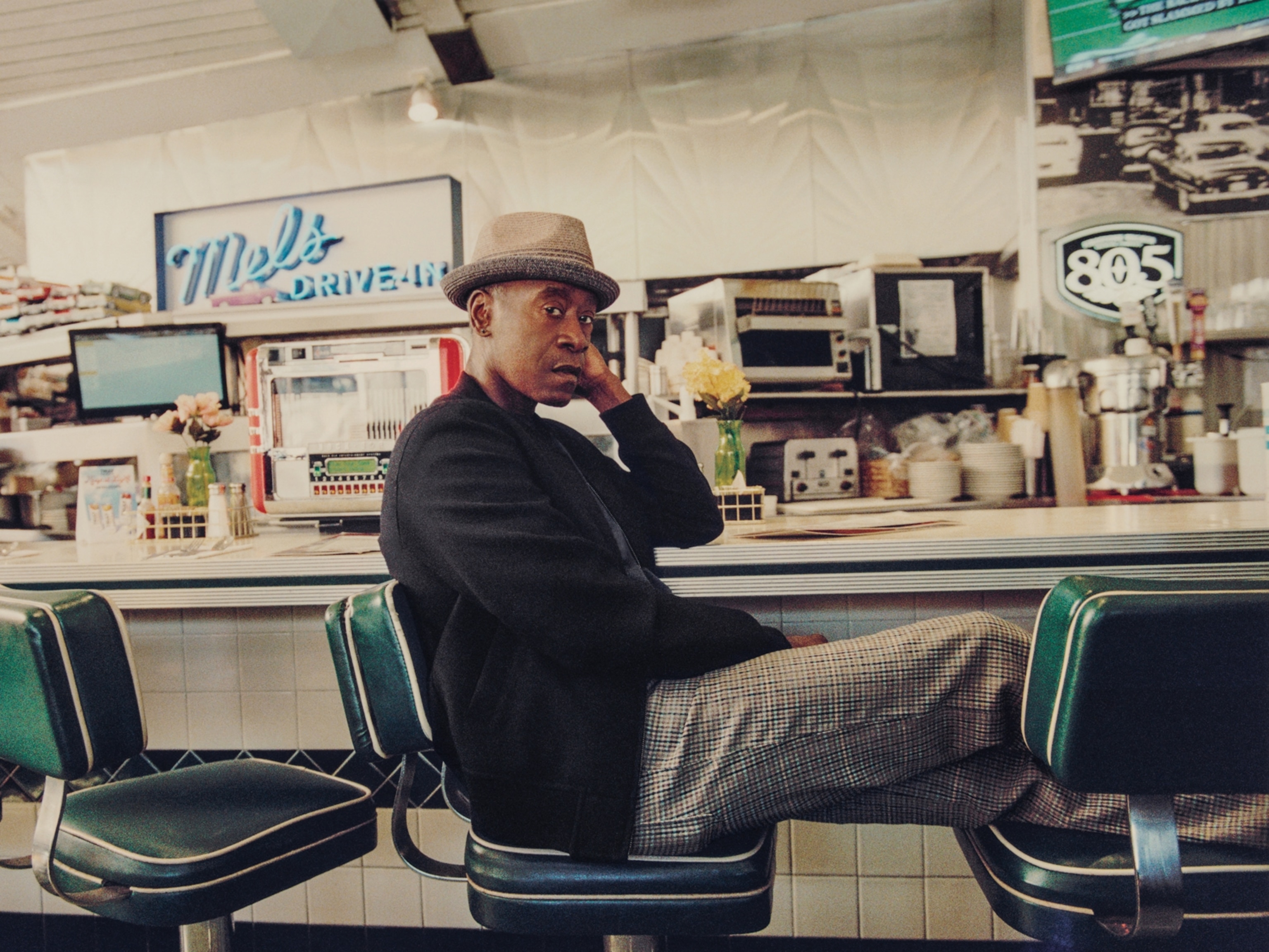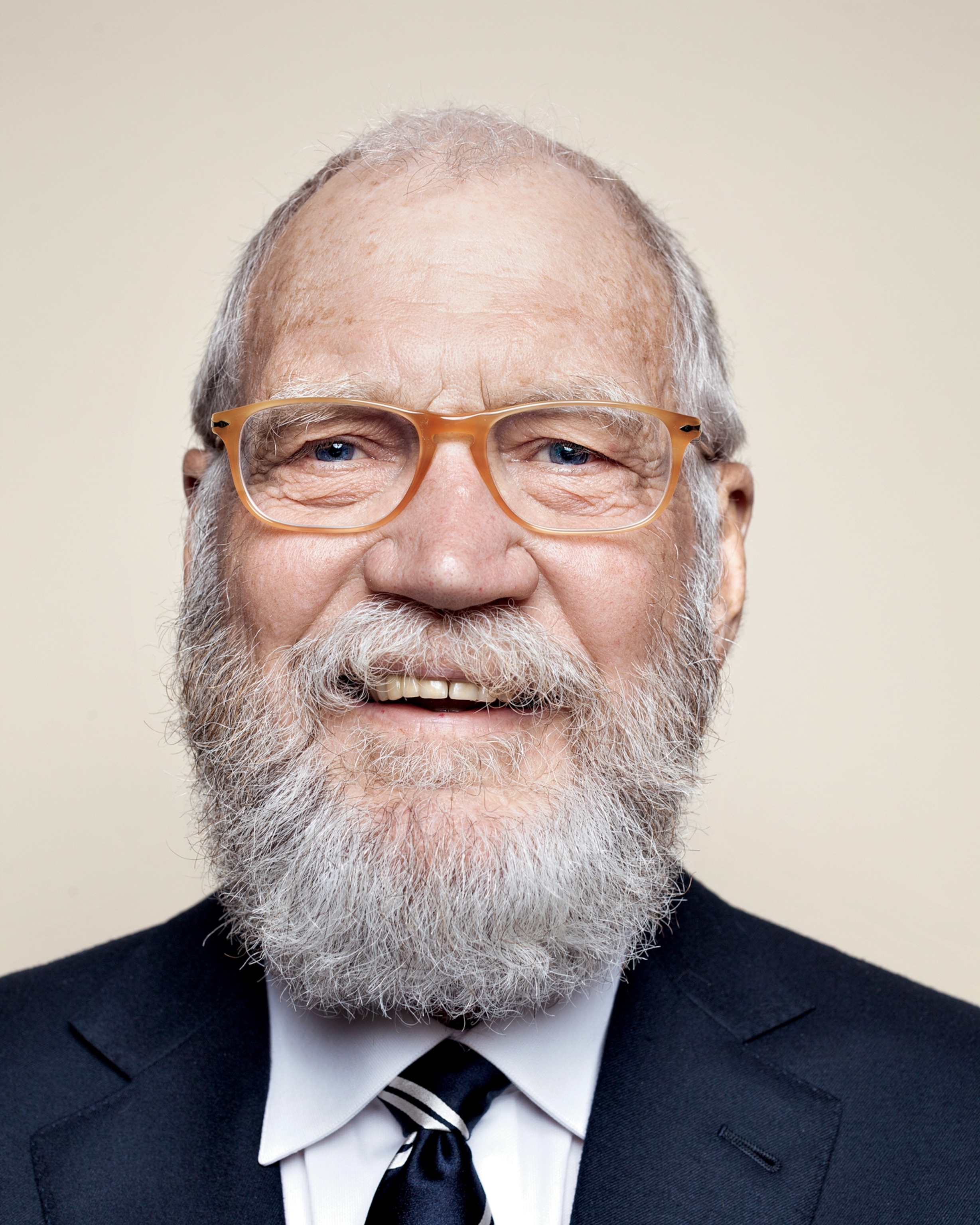
David Letterman Tackles Climate Change
The former late-night host talks about the warming world and seeing abject poverty.
Watch season two of Years of Living Dangerously, beginning October 30 on the National Geographic Channel.
After his 33-year run as a late-night television host, David Letterman, 69, wanted to try something new. The comedian now brings his curiosity and humor to the second season of Years of Living Dangerously, a National Geographic Channel series on the impacts of—and solutions to—climate change. For the show he traveled to India, population 1.3 billion, to learn about the world’s energy future.
You and climate change—what’s the connection?
Well, for years I thought I didn’t want to influence people on matters of conscience. I’m not that smart. But then a few years ago someone uttered what has become the cliché in regard to climate change, and that is: What will we tell our children when they say, “Why didn’t you do anything about this?” I bought that—hook, line, and sinker. That’s the headline for me to start paying attention and start, in small ways, to do something. People are being displaced. People’s ways of life are changing. The questions of adaptability are enormous.
You went to report in India. What was that like?
Everything surprised me. It was jaw-dropping. I look at 1.3 billion people and say, “Well, that’s the problem”—and they look at it as the solution. It’s a population that’s quite young, and they see that as a huge resource. Honestly I’ve never seen poverty like [I saw there]. I saw people living in thatched huts and mud homes, breathing coal and kerosene fumes. Because I’ve been lucky in my life, I’ve come to this observation—and I’m embarrassed to say this—late in my life. I feel like these people did me a tremendous favor.
Was there any part of the trip you found funny?
First of all, when you talk about me, you have to put “comedy” in air quotes. It’s difficult to be funny when you’re sitting on the floor of a mud hut. But talking to kids on the floor of a mud hut is the same as talking to kids in tiny chairs in a kindergarten. They’re kids, they giggle, they have funny things to say, even through a translator. Regardless of the surroundings and their condition, I felt really comfortable talking to these kids, because there’s nothing more fun than goofing with kids. That’s something universal.
